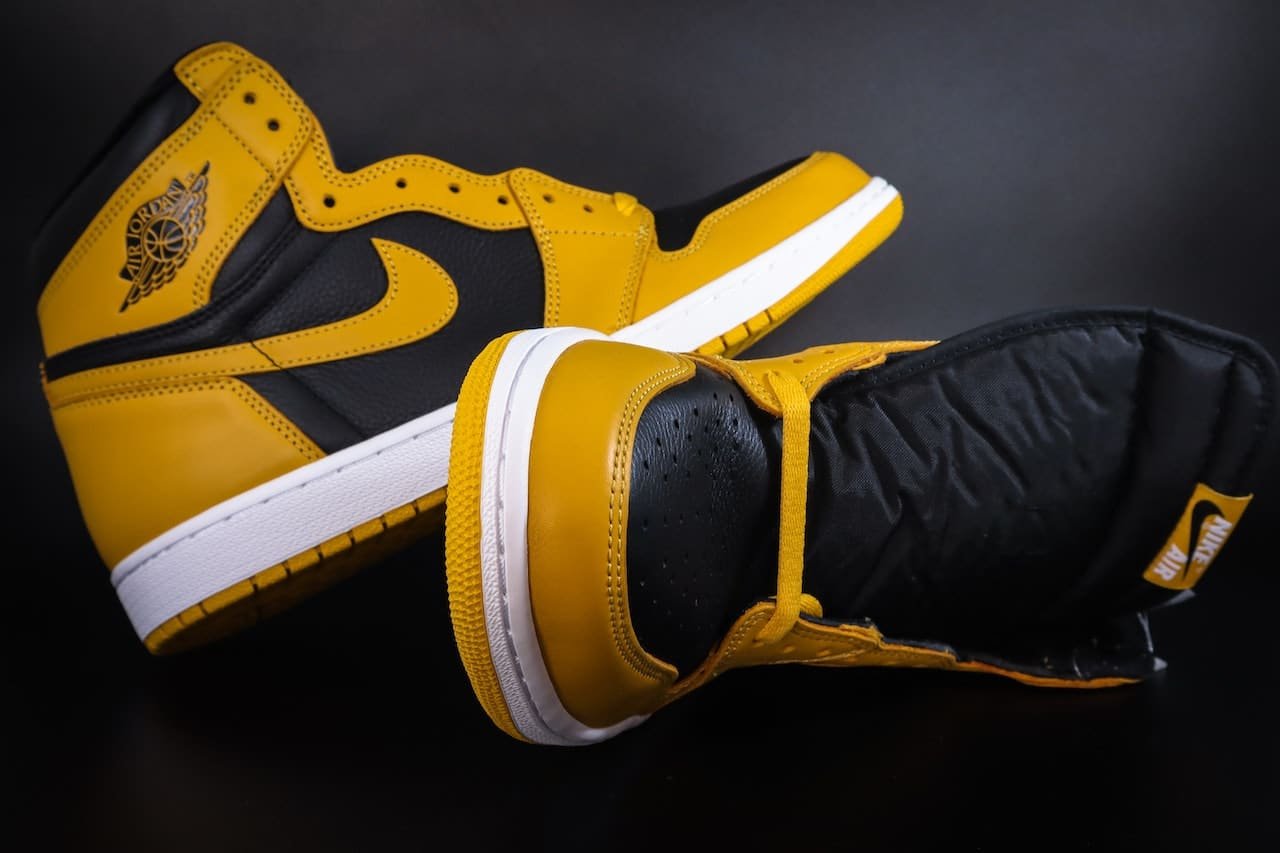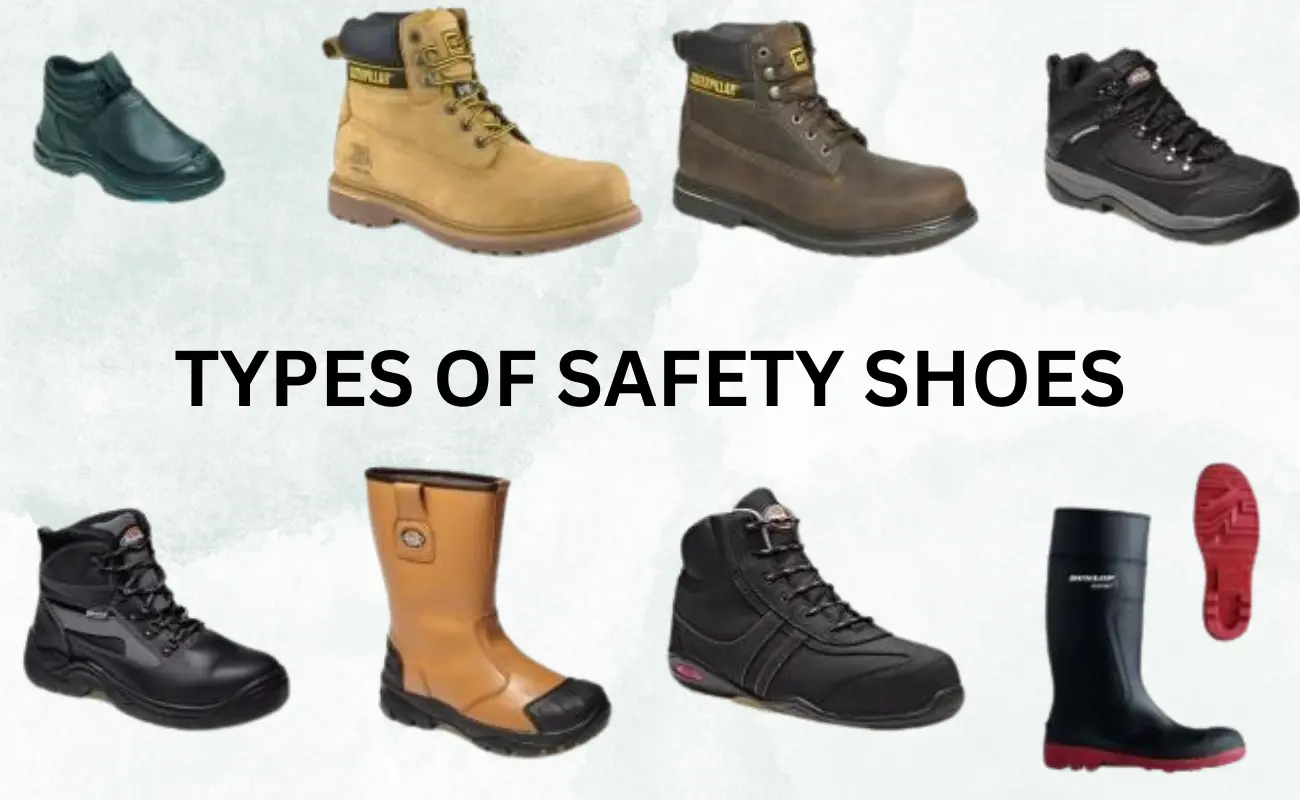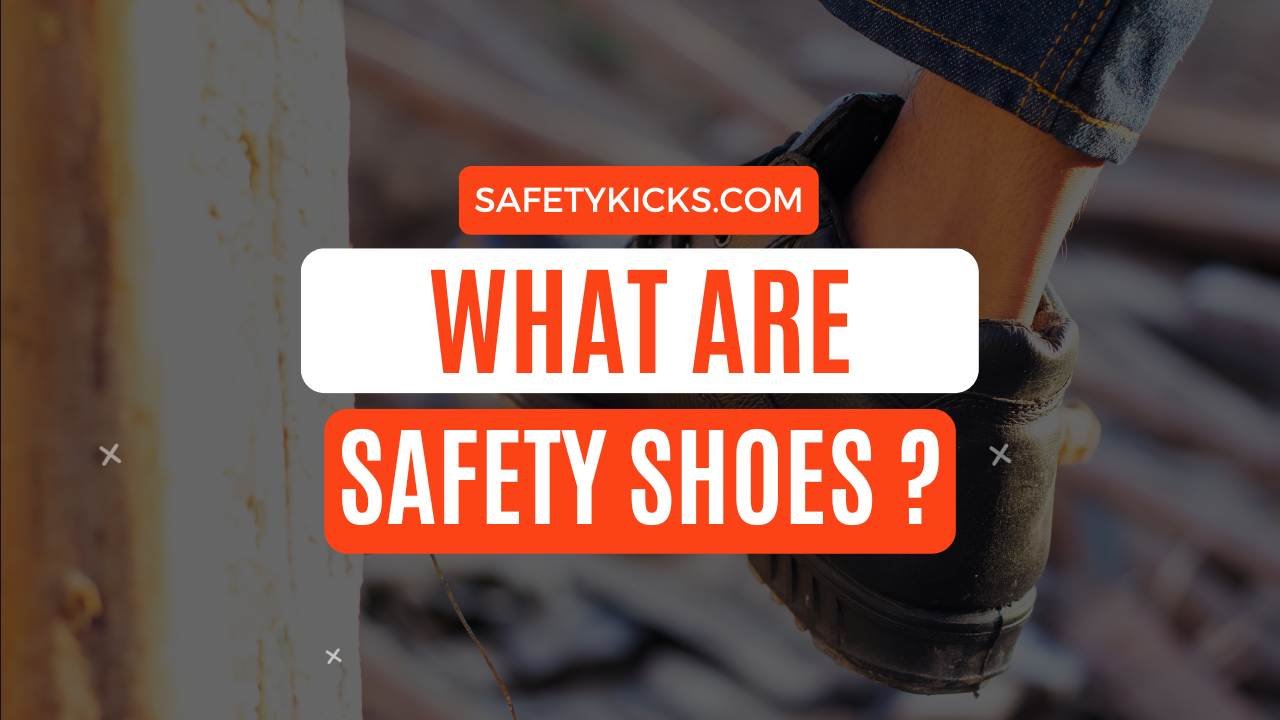Imagine you’re working in a place where your feet can get hurt. Things can fall on your toes, or sharp objects are on the ground. That’s where safety shoes come in. Not familiar with safety shoes or dont know what are safety shoes?
Well,
Safety shoes are like special shields for your feet. They are not like your regular shoes. They are made to keep your feet safe in places with dangers.
What Are Safety Shoes

Safety shoes are personal protective equipment (PPE) for foot protection at workplaces. In addition to protecting the worker from injury at the workplace, safety shoes also offer comfort to the wearer by providing features such as shock absorption and cushioning in high-impact areas like the heel and ball of the foot. However, they must be comfortable enough to allow you to move around freely without causing fatigue or soreness.
Remember, like any superhero, safety shoes must be chosen wisely and tailored to your needs. They’re part of a team, working alongside hard hats and eyewear to keep you safe. And just like a hero’s costume, they must fit perfectly to do their job truly. So, step into the world of safety shoes, where protection meets comfort, and your feet become invincible.
Structure of Safety Shoes

Image source: kawach.org/safety-footwear.html
Toe Cap – The Protector
The toe cap is their trusty helmet! Made of strong materials like steel or composite, it shields your toes from falling objects and unexpected foot squishes. So, next time you drop that toolbox, your toes will say, “Thanks for the cap, buddy!”
Upper – The Stylish Shell
The upper is like the outer fashionista of your safety shoes. It’s the part you see, and it’s often made from tough leather or modern synthetics. It’s like a fancy dress that keeps your feet looking cool while also protecting them. Work in style, right?
Lining – The Cosy Cushion
Inside your safety shoes, there’s a cosy lining that’s like a plush mattress for your feet. It’s there to keep you comfy and help wick away sweat so your feet don’t turn into little saunas during a long day on the job.
Insole – The Supportive Friend
The insole is your supportive buddy inside the shoe. It’s designed to ensure your feet stay happy and well-supported all day. Some are so comfy you might forget you’re wearing safety shoes (well, almost).
Outsole – The Grip Master
Imagine your safety shoes as superhero vehicles. Well, the outsole is their super-grippy tires. They keep you from slipping and sliding, even on the slickest surfaces. So, you’ll have traction to spare when you’re strutting your stuff on the factory floor!
Features of Safety Shoes
Steel Toe Cap
Safety shoes often have a steel toe cap covering the shoe’s front part. This cap protects the toes from heavy objects or compression injuries.
Composite Toe Cap
In addition to steel, some safety shoes feature composite materials like fibreglass or carbon fibre for toe protection. Composite toe caps are lightweight and do not conduct heat or cold like steel.
Slip-Resistant Soles
Safety shoe soles are typically made from slip-resistant materials to provide traction and reduce the risk of slips and falls in wet or oily environments.
Electrical Hazard Protection
Some safety shoes are designed to protect against electrical hazards. They have non-conductive soles and may be equipped with other features to prevent electric shock.
Puncture-Resistant Midsoles
Safety shoes may include puncture-resistant midsoles to protect your feet from several objects, such as nails or shards of glass.
Chemical Resistance
Safety shoes may be made from materials that resist chemical corrosion and degradation in industries where workers are exposed to chemicals.
Heat Resistance
Safety shoes designed for high-temperature environments have heat-resistant soles and uppers to protect the feet from burns.
Metatarsal Guards
Some safety shoes feature metatarsal guards that protect metatarsal bones from impact and compression injuries.
Ankle Support
High-cut safety boots provide additional ankle support and stability, reducing the risk of sprains and twisted ankles.
Waterproofing
Waterproof safety shoes help keep the feet dry and comfortable in wet or damp environments.
Insulation
In cold environments, insulated safety shoes help keep the feet warm by preventing heat loss.
Comfort Features
Safety shoes often include cushioned insoles and ergonomic designs to maximise comfort, especially during long wear-hours.
Breathability
Some safety shoes have breathable linings or ventilation systems to reduce sweating and maintain comfort.
Antistatic Properties
Safety shoes with antistatic properties dissipate static electricity and reduce the risk of static shocks.
Reflective Element
Safety shoes with reflective elements enhance visibility and safety for workers in low-light conditions.
Weight
Modern safety shoes are designed to be lightweight while still providing adequate protection to reduce fatigue during long shifts.
Types of Safety Shoes

Steel Toe Safety Shoes
These rugged work shoes are like mini tanks for your toes. With a strong steel cap protecting your feet from heavy objects and potential squishes
Composite Toe Safety Shoes
These shoes offer toe protection without the weight of steel. They use materials like fibreglass or carbon fibre in the toe cap, making them lighter and non-metallic
Aluminum Toe Safety Shoes
Light but strong, aluminium toe safety shoes protect against impact and compression hazards. They’re favoured for their strength-to-weight ratio and are suitable for various work environments.
Electrical Hazard (EH) Safety Shoes
EH safety shoes are designed to protect against electrical shock by providing a pathway for electrical charges to dissipate into the ground safely. They’re crucial for electrical workers and anyone exposed to live circuits.
Slip-Resistant Safety Shoes
Slip-resistant safety shoes feature specially designed outsoles that provide excellent traction on slippery surfaces, reducing the risk of slips and falls. They’re ideal for workplaces with wet or oily floors.
Puncture-Resistant Safety Shoes
These shoes have midsoles made from steel or special fabrics to protect against puncture hazards. Perfect for jobs where sharp objects could penetrate the sole
Chemical-Resistant Safety Shoes
Designed for workers exposed to chemicals, these shoes are made from materials that resist chemical damage and corrosion. They keep your feet safe in environments with hazardous substances.
Static-Dissipative Safety Shoes
Static-dissipative shoes help prevent static buildup, making them suitable for electronics manufacturing and other industries where static electricity could damage sensitive equipment or products. They control static discharge to protect both the wearer and the environment.
Choosing the Right Safety Shoes
Assessing Workplace Hazards
Begin by assessing the specific hazards in your workplace. Are there heavy objects that could fall on your feet? Is there a risk of electrical shock, chemical exposure, or slippery surfaces? Identifying these hazards will help you determine which safety features are essential for your footwear.
Sizing and Fit
Proper sizing and fit are paramount. Ill-fitting safety shoes can lead to discomfort and even foot injuries. Measure your feet accurately, and consider the type of socks you’ll wear on the job. Try on different brands and styles to find the most comfortable fit.
Compliance with Regulations
Ensure that the safety shoes you select comply with workplace safety regulations and standards. In the United States, safety shoes are often rated based on ASTM or ANSI standards. Make sure your footwear meets or exceeds these requirements.
Comfort and Durability
Look for safety shoes that prioritise comfort. Features like cushioned insoles, arch support, and breathable materials can make a big difference during long work shifts. Durability is also crucial, as you want your shoes to withstand the rigours of your job and last a reasonable amount of time.
Personal Preferences
Everyone has unique preferences. Some may prefer steel toe caps for maximum protection, while others opt for lightweight composite materials. Consider factors like weight, style, and additional features (such as waterproofing or insulation) that align with your personal preferences and the demands of your job
Bottom Line:
Safety shoes are special shoes that protect your feet when you’re working. They shield you from heavy stuff, slippery floors, and even electricity! Picking the right pair isn’t just about safety; it’s also about feeling good and choosing what you like. So, take your time to find the perfect fit for your job, and you’ll walk through your workday feeling safe and comfy, thanks to your trusty safety shoes. Here’s to staying safe, looking good, and feeling great while you work!
Subscribe Safety Kicks newsletter so that you never loose updates whenever we post content on our website

